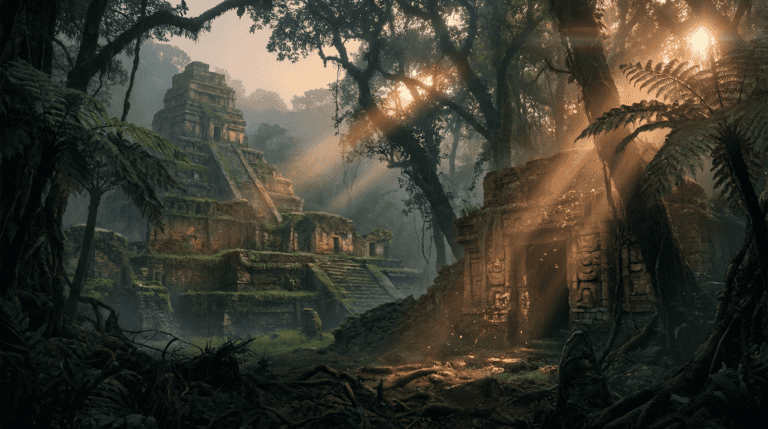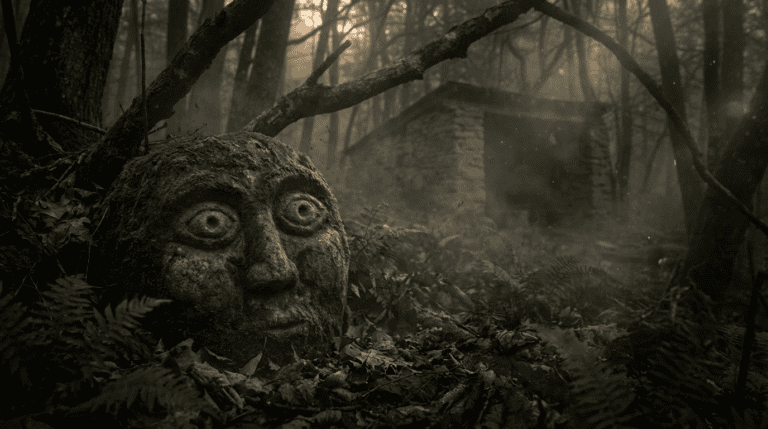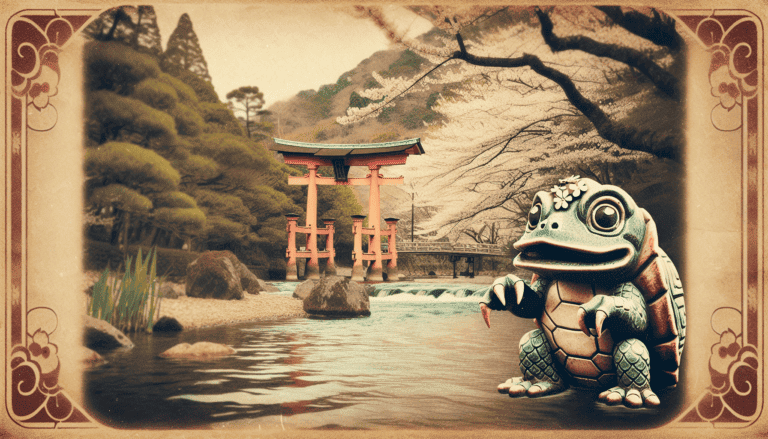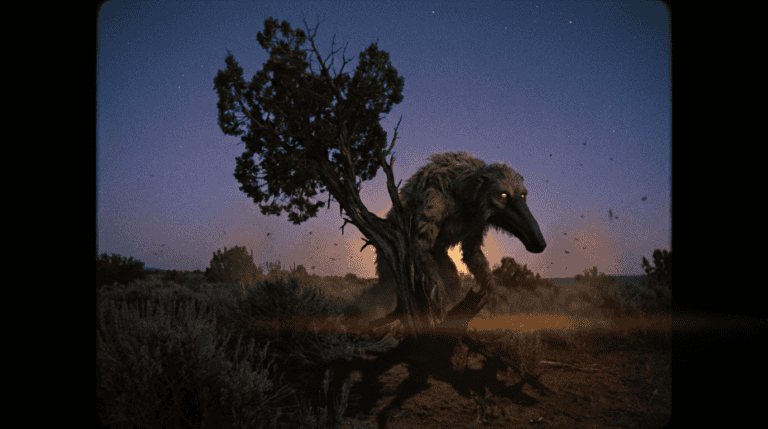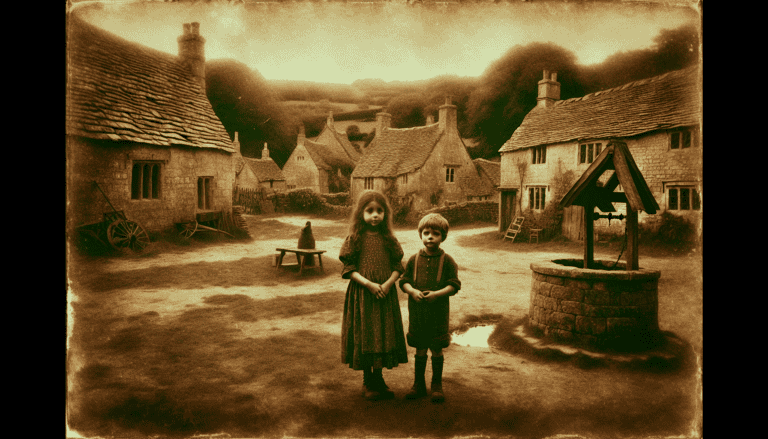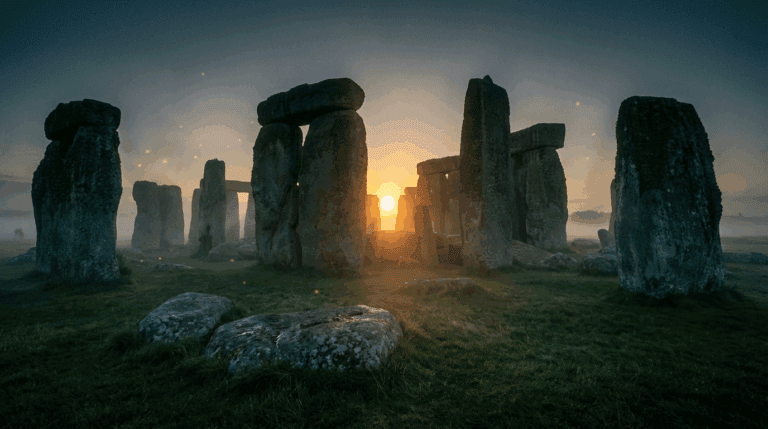The Curse of Tutankhamun’s Tomb
The discovery of Tutankhamun’s Tomb in 1922 sparked a global fascination with Ancient Egypt and ignited rumors of a deadly curse. This blog post explores the captivating story behind the tomb’s excavation and the mysterious events that followed, separating fact from fiction.
Introduction
When British archaeologist Howard Carter unearthed Tutankhamun’s burial chamber in Egypt’s Valley of the Kings, he couldn’t have anticipated the centuries-old secrets and modern myths his discovery would unleash. The young pharaoh’s tomb, sealed for over 3,000 years, became the epicenter of an enduring mystery: a supposed curse that brought misfortune and death to those who disturbed the ancient ruler’s rest.
Background & Origins
The tale of Tutankhamun’s curse has its roots in local Egyptian folklore, but it quickly spread worldwide through sensationalized media reports. As news of the incredible find reached global audiences, so did whispers of a supernatural force protecting the pharaoh’s final resting place.
Key Events:
- 1922: Howard Carter discovers Tutankhamun’s tomb
- 1923: Lord Carnarvon, Carter’s financial backer, dies mysteriously
- 1924-1930: Several individuals connected to the excavation face unusual accidents or deaths
Characteristics / Description
Tutankhamun’s tomb is a marvel of ancient craftsmanship, filled with priceless artifacts and intricate artwork. The alleged curse associated with it is said to affect not only those who directly entered the tomb but also individuals tangentially connected to its discovery and study.
Reported effects of the curse:
- Sudden, unexplained deaths
- Mysterious illnesses
- Accidents and misfortunes
- Financial ruin
- Family tragedies
Sightings / Encounters
| Victim | Connection to Tomb | Fate |
|---|---|---|
| Lord Carnarvon | Financial backer | Died of blood poisoning |
| George Jay Gould | Tomb visitor | Died of fever shortly after visit |
| Sir Archibald Douglas Reid | X-rayed mummy | Died of mysterious illness |
| Prince Ali Kamel Fahmy Bey | Tomb visitor | Murdered by wife |
These incidents, among others, fueled speculation about the curse’s potency and reach.
Evidence & Theories
While no concrete evidence supports the existence of a supernatural curse, several theories attempt to explain the phenomena:
- Ancient bacteria or toxic mold in the tomb
- Psychological effects and stress-induced illnesses
- Statistical coincidence due to the large number of people involved
- Deliberate sabotage or poisoning
Scientists and historians continue to debate these possibilities, with most favoring natural explanations over supernatural ones.
Related Phenomena
Tutankhamun’s curse is not unique in the annals of archaeology. Similar legends exist across cultures, often tied to sacred sites or ancient burials. These stories reflect humanity’s enduring fascination with the unknown and our reverence for the past.
Examples of similar curses:
- The Curse of Timur’s Tomb in Uzbekistan
- The Curse of the Maori Warrior Masks in New Zealand
- The Hope Diamond Curse
Pop Culture Impact
The allure of Tutankhamun’s curse has left an indelible mark on popular culture, inspiring countless works of fiction and entertainment:
- Books: Agatha Christie’s “Death Comes as the End”
- Films: Various mummy-themed horror movies
- TV shows: Documentaries and fictional series exploring Egyptian archaeology
- Video games: Tomb-raiding adventures inspired by the curse concept
Current Status
Today, Tutankhamun’s tomb remains a subject of intense scientific study and public fascination. While the curse story persists in popular imagination, most scholars dismiss it as a colorful myth rather than a genuine phenomenon.
Debates & Controversies
The curse of Tutankhamun continues to spark debates among researchers, enthusiasts, and skeptics alike. Some argue that the curse narrative was a deliberate creation to deter tomb robbers or generate public interest. Others maintain that unexplained elements warrant further investigation.
Conclusion
Whether viewed as a captivating legend or a cautionary tale against disturbing ancient sites, the story of Tutankhamun’s curse continues to capture our imagination. It serves as a reminder of the enduring mystery and allure of Ancient Egypt, blending historical fact with the human penchant for storytelling.
Open Questions: How do cultural beliefs and media narratives shape our perception of archaeological discoveries? What ethical considerations should guide our approach to exploring ancient burial sites?
Engagement Prompt: Have you ever visited an ancient tomb or archaeological site? Share your experiences and thoughts on the preservation of historical artifacts in the comments below.
References & Further Reading
- Carter, Howard. The Discovery of the Tomb of Tutankhamun. Courier Corporation.
- Reeves, Nicholas. The Complete Tutankhamun: The King, the Tomb, the Royal Treasure. Thames & Hudson.
- Tyldesley, Joyce. Tutankhamen: The Search for an Egyptian King. Basic Books.


